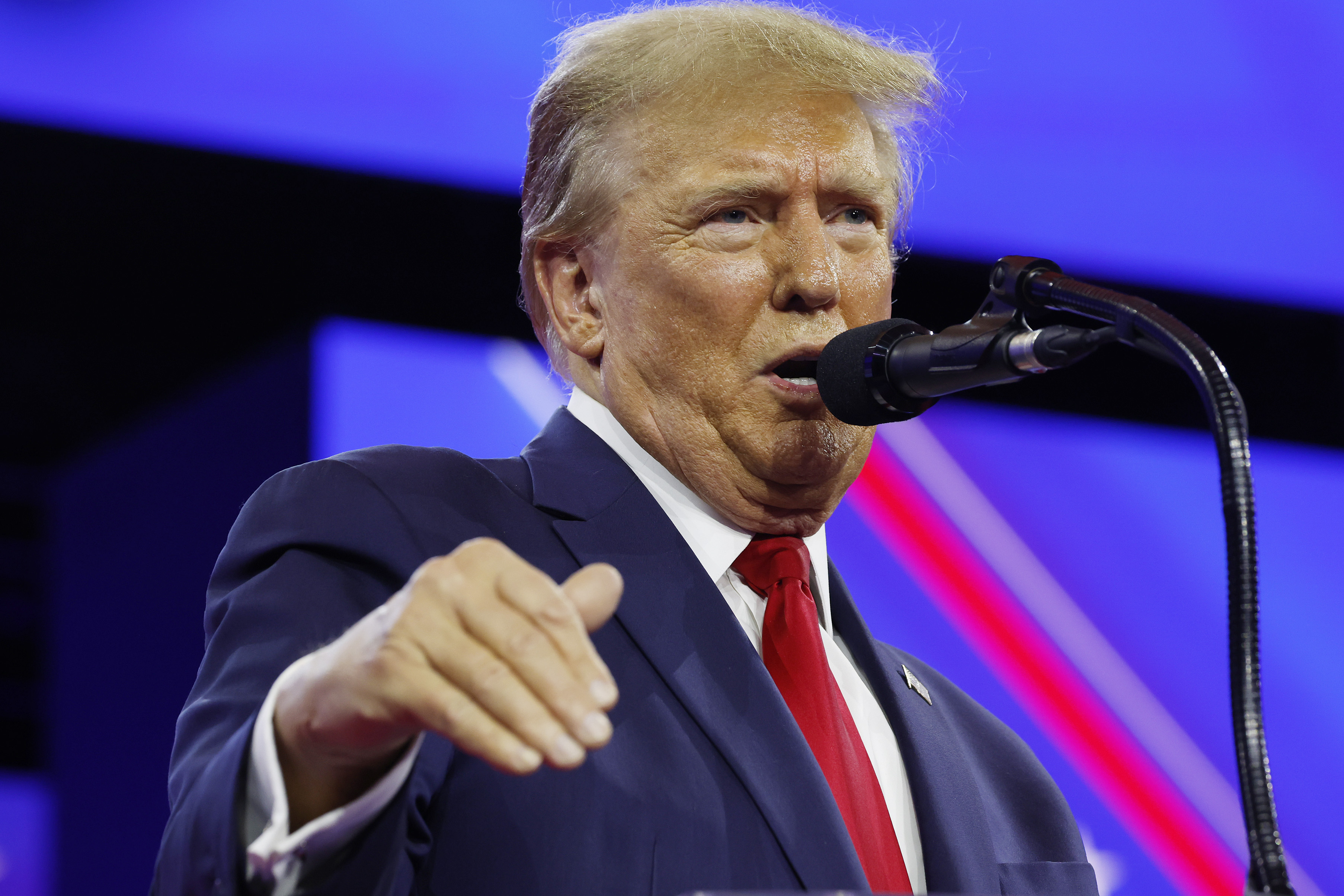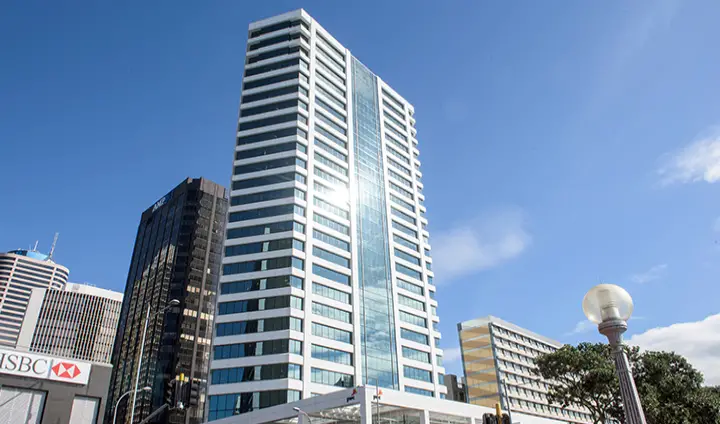Federal Reserve reinforces cautious approach toward further interest rate hikes


Federal Reserve Chair Jerome H. Powel speak at a news conference at the Federal Reserve in Washington, Wednesday, Nov. 1, 2023. The Federal Reserve kept its key short-term interest rate unchanged Wednesday for a second straight time but left the door open to further rate hikes if inflation pressures should accelerate in the months ahead.
Susan Walsh / AP
Federal Reserve Chair Jerome Powell suggested Thursday that the Fed is in no hurry to further raise its benchmark interest rate, given evidence that inflation pressures are continuing to ease at a gradual pace.
At the same time, in a panel discussion at the International Monetary Fund, Powell did not rule out another rate hike to help reduce inflation to the Fed’s 2% target level.
“We are not confident,” he said, that the Fed’s benchmark rate is high enough to steadily reduce inflation to its 2% target. “If it becomes appropriate” to raise rates further, “we will not hesitate to do so,” Powell added, suggesting that for now it isn’t ”appropriate” to increase its benchmark rate.
Powell said he believes the Fed faces nearly equal risks of raising its benchmark rate too high, which could derail the economy, or not raising it high enough, which could allow inflation to persist or worsen.
“We will continue to move carefully,” he said, a phrase he has used often that is widely interpreted to mean that the Fed will closely monitor incoming data but it isn’t leaning toward a hike.
Related: The Fed held interest rates steady — but the fight against inflation is not over yet
The Fed has raised its key rate 11 times since March 2022, leading to much higher rates on many consumer and business loans. Last week, at a news conference, Powell suggested that keeping the Fed’s benchmark rate at a peak for a prolonged period could help slow the economy and cool inflation without further rate hikes. The Fed has raised its key rate 11 times since March 2022, leading to much higher borrowing costs on many consumer and business loans.
The central bank’s benchmark short-term rate, now about 5.4%, is at its highest level in 22 years. Yet the Fed has raised rates only once since May, and most economists have said they think the central bank is likely done tightening credit.
Since the Fed held its policy meeting last week, the government reported that hiring in the United States slowed in in October and that the unemployment rate ticked up again, to a still-low 3.9%. Though employers added a solid 150,000 jobs last month, the data pointed to a cooler job market and more modest pay growth. Whereas fast-growing wages can lead employers to raise prices and perpetuate inflation, milder increases in hiring and pay tend to slow price hikes.
Related: The Federal Reserve holds interest rates steady but hints at more action this year
On Thursday, Powell’s remarks followed those of several other Fed officials who generally expressed the view that the central bank should closely monitor upcoming economic data before taking any further action on interest rates.
Tom Barkin, president of the Federal Reserve Bank of Richmond, said he expects the economy to slow in the coming months and bring inflation back down to the Fed’s 2% target. Annual inflation, as measured by the government’s consumer price index, has sunk from a 9.1% peak in June of last year but is still 3.7%.
Whether a reduction in inflation “requires more from us remains to be seen,” Barkin said, “which is why I supported our decision to hold rates at our last meeting.”
Related: The Fed raises interest rates again despite the stress hitting the banking system
Kathleen O’Neill Paese, the interim president of the Federal Reserve Bank of St. Louis, also expressed support for a wait-and-see approach to observe whether inflation continues to ease in the coming months. O’Neill Paese said “it would be unwise to suggest that further rate hikes are off the table.”
But she added that the Fed’s benchmark rate is “exerting modest downward pressure on inflation,” so officials “can afford to await further data before concluding” that more rate hikes might be needed.







